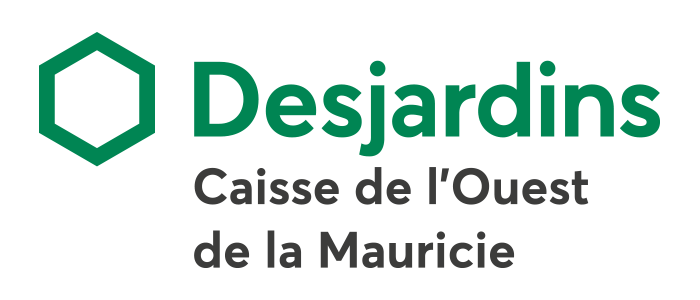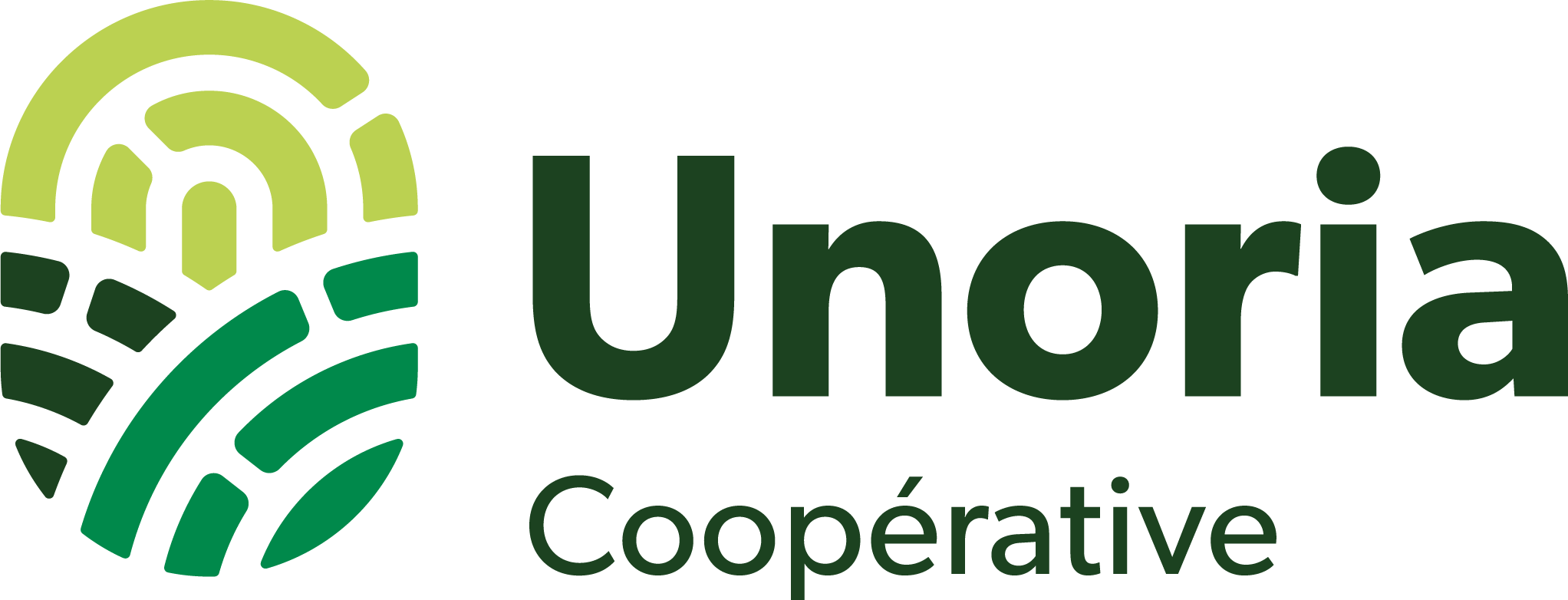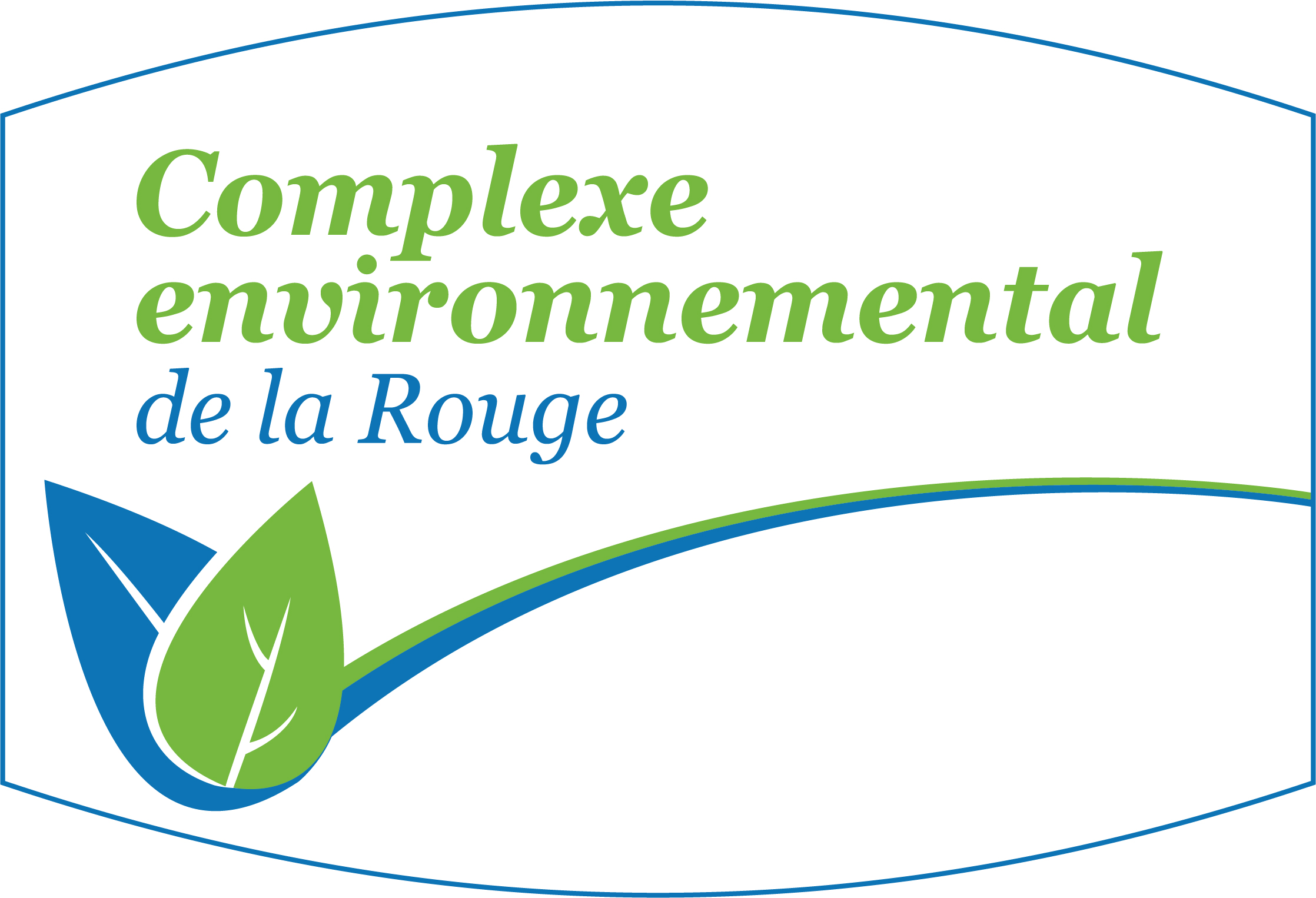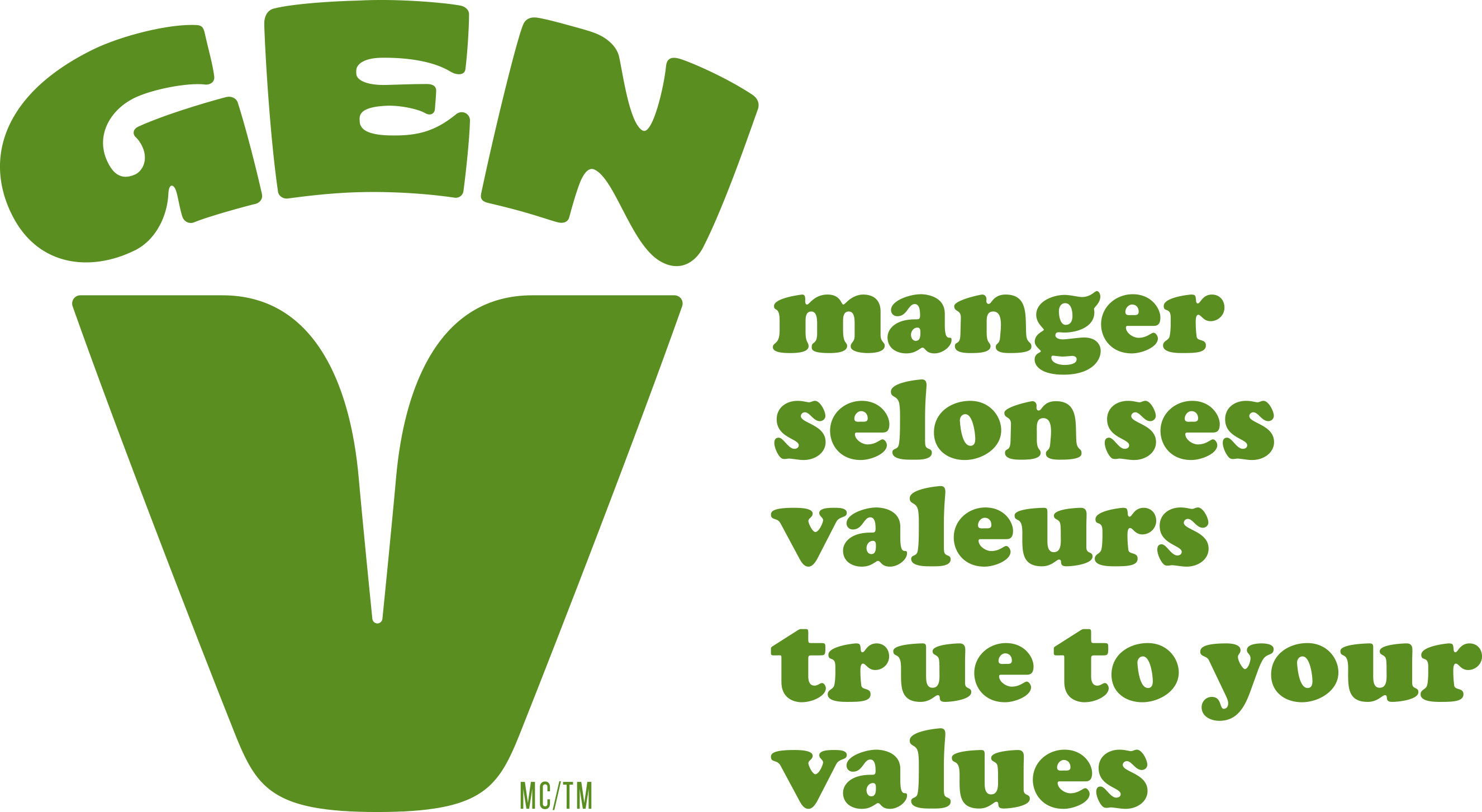REDUCTION AND CARBON REVENUES
Searching for practical ways to diminish your carbon footprint and engage proactively in combating climate change? A unique chance is presented by the voluntary carbon market to convert your environmental endeavors into a potential source of carbon income.
At Will Solutions, we support you in this process of selling carbon credits. This approach not only makes it possible to value your environmental actions, but also to help build a more sustainable future. We operate through various energy, residual material reduction and optimization, and soon, transport optimization projects. Find out how to sell your carbon credits in Canada!
Forward to community decarbonization!
Book your free demo in just 2 clicks to find out everything about the Sustainable Community


John Longo
Business Development Manager
Or tell us more about yourself!
A unique service to support businesses that are decarbonizing.
1 Reduce
We recommend customized greenhouse gas reduction projects to you.


2 Market
We quantify, certify, and convert your GHG reductions into carbon credits.


3 Finance
We sell your carbon credits and reward your reduction efforts by sharing the revenues.


$2,1 million CAD returned to participating SMEs in 2023.
How can you sell carbon credits?
To sell carbon credits, it is essential to understand how the voluntary carbon market works and to know the process of such an investment.
Understanding carbon marketplaces
The voluntary carbon market opens up a path for companies and individuals who want to offset their greenhouse gas emissions. Carbon offset credits finance clean development projects and support a low-carbon economy. They offer economic, environmental, and social benefits, such as an improved brand image, competitive advantages, workforce commitment and access to new markets.
The voluntary market also stimulates innovation by encouraging clean technology research & development and job creation. It also has a positive impact on the well-being of local businesses and communities.
The process of selling carbon credits
Selling your credits involves following a specific process, all supported by our services, which includes:
- accessibility to the voluntary carbon market
- quantifying the GHG emissions reductions
- verification and certification by a third party registry
- promoting and selling the credits on the voluntary markets
This process ensures the transparency and integrity of the transactions on the carbon market, aligning with stringent regulation and operational standards.
Why monetize your carbon credits?
This monetization offers many economic and environmental benefits. It lets you:
- Reach carbon knowledge and disclosure about your yearly GHG emission reductions
- Generate green and recurring carbon revenue
- Promote greenhouse gas emissions reductions efforts
- Develop new ecological projects in a virtuous circle for your company and the environment
The economic benefits of selling carbon credits
Selling carbon offset credits allows firms to generate revenue from their GHG emissions reduction efforts. This revenue is reinvested in new projects related in particular to energy consumption or waste management and landfill detour, which helps finance the green transition of companies.
Environmental and social impact of monetizing carbon credits
Beyond the economic benefits, selling voluntary credits also has a positive social and environmental impact. It encourages and finances the implementation of different types of projects related to gas emissions reduction and the optimization of various energy systems to promote a greener and more sustainable economy. Carbon monetization also impacts corporate governance and decision-making toward low-carbon business management by making decarbonization accessible, even profitable.
Examples of GHG reduction projects from our members
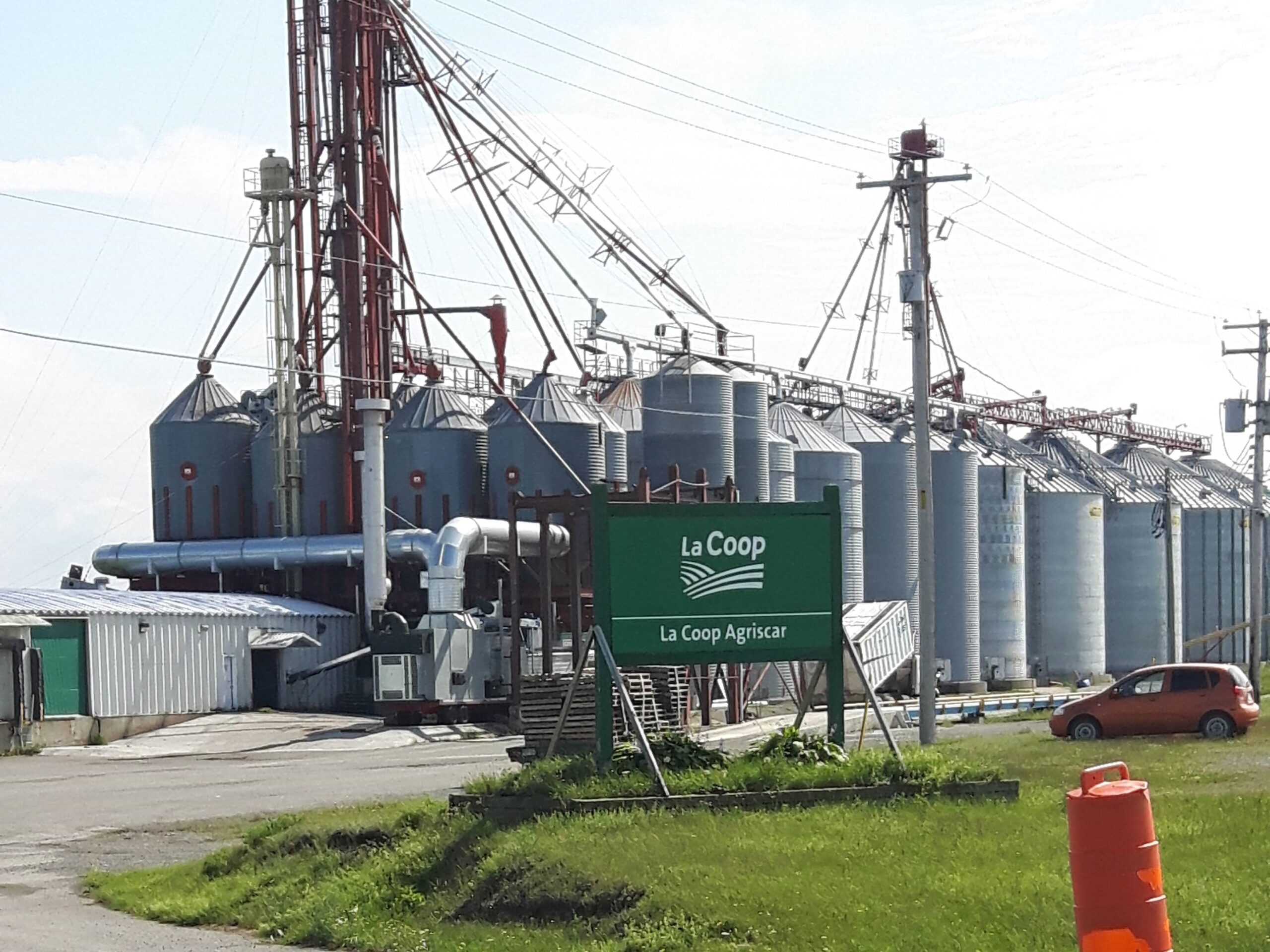

Coop Agriscar
Member: Multiplants Greenhouses
Number of projects: 1
Projects: Reduction of fuel oil consumption for heating greenhouses
Type of project: Energy efficiency
Project year: 2018
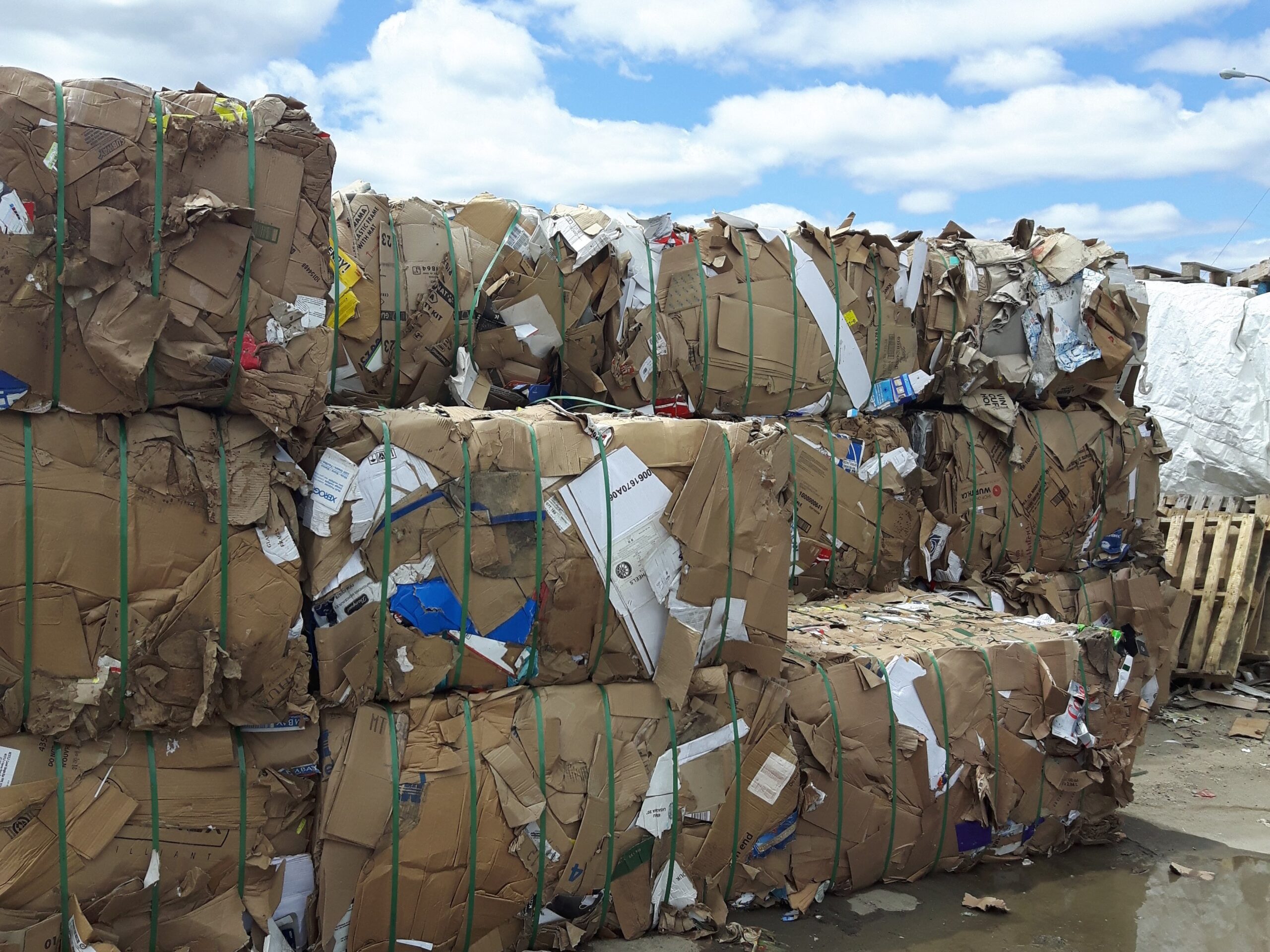

Sorting Center UTM
Member: Recycling center UTM
Number of projects: 1
Projects: cardboard/paper recycling.
Type of project: Waste management
Project year: 2018
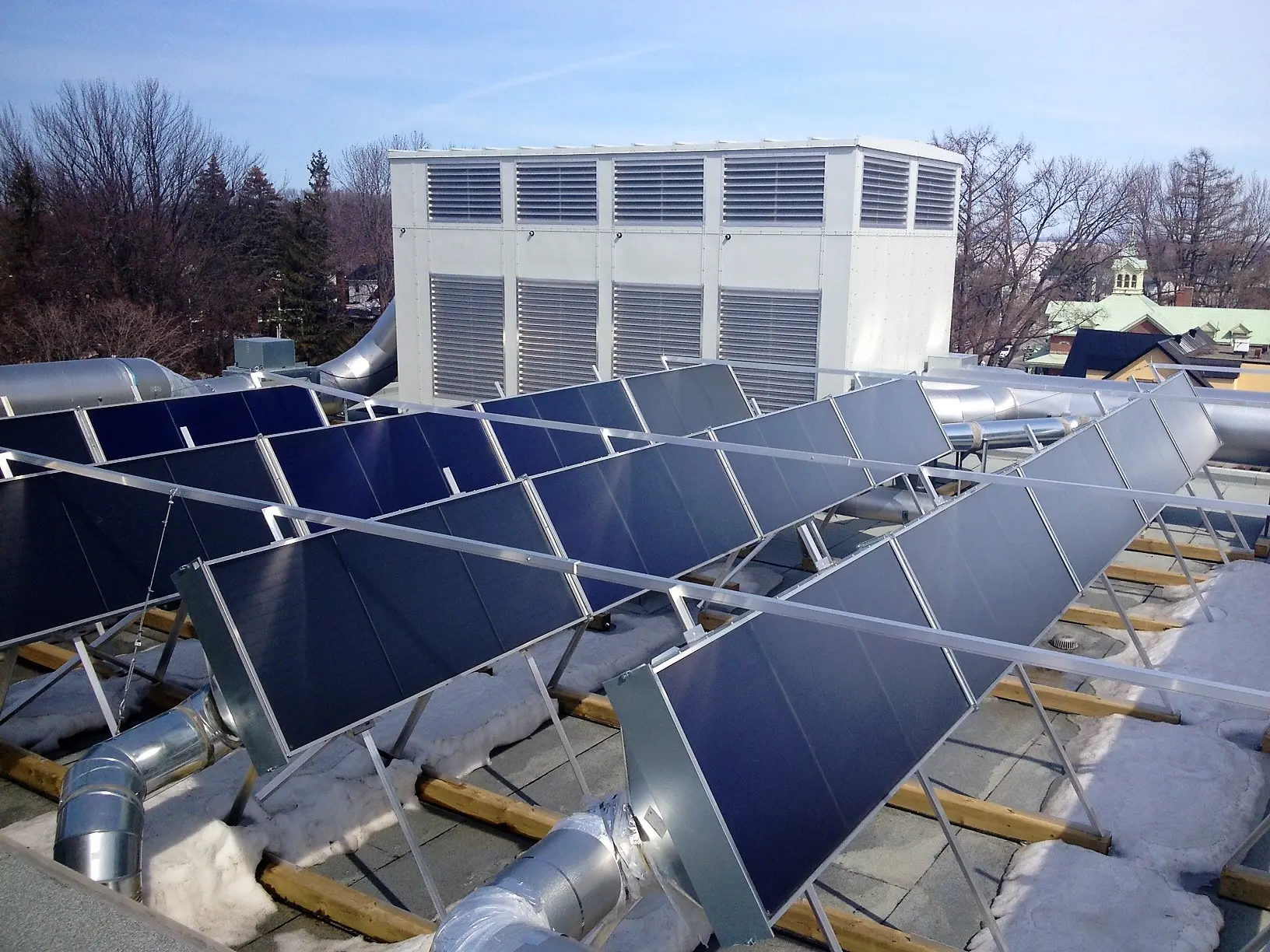

Caisse Desjardins de l'Ouest de la Mauricie
Member: Desjardins Group
Number of projects: 3
Projects: building energy efficiency works according to high ecological standards, as well as the installation of solar panels on the roof
Project type: Conversion and Energy Efficiency
What are the conditions for selling carbon credits?
To sell voluntary credits, it is necessary to meet certain conditions and follow a specific process over a certain period. These conditions take into account various factors.
Eligibility criteria for selling carbon credits
First, it is essential to have a recent base year for measuring carbon dioxide emissions. This serves as a basis for calculating GHG reductions by comparison, following international calculation methodologies. You have not produced your corporate carbon footprint yet? We are here to help.
To be eligible for selling credits, a carbon offset project must generate carbon emissions reductions that are:
- real
- measurable
- verifiable
- unique and serializable
- going beyond current practices
The project must also respect the principles of additionality permanence and conservative estimation.
As a carbon facilitator, we take care of all this and offer you a turnkey solution.
Selling carbon credits is an approach that offers many opportunities, both economic and environmental. We support you every step of the way at Will Solutions to allow you to monetize your greenhouse gas emissions reduction efforts. Our goal is to guide you through this period of transition, ensuring your projects meet the necessary factors for success in the carbon market.
Don’t let this chance pass you by. Contact us today to start making a positive impact with your environmental initiatives and secure your place in the evolving carbon market.
8,1 million tonnes of GHG reduced by our members
Why reduce your GHG emissions with Will Solutions?
An additional and recurring source of revenue to reward your environmental actions
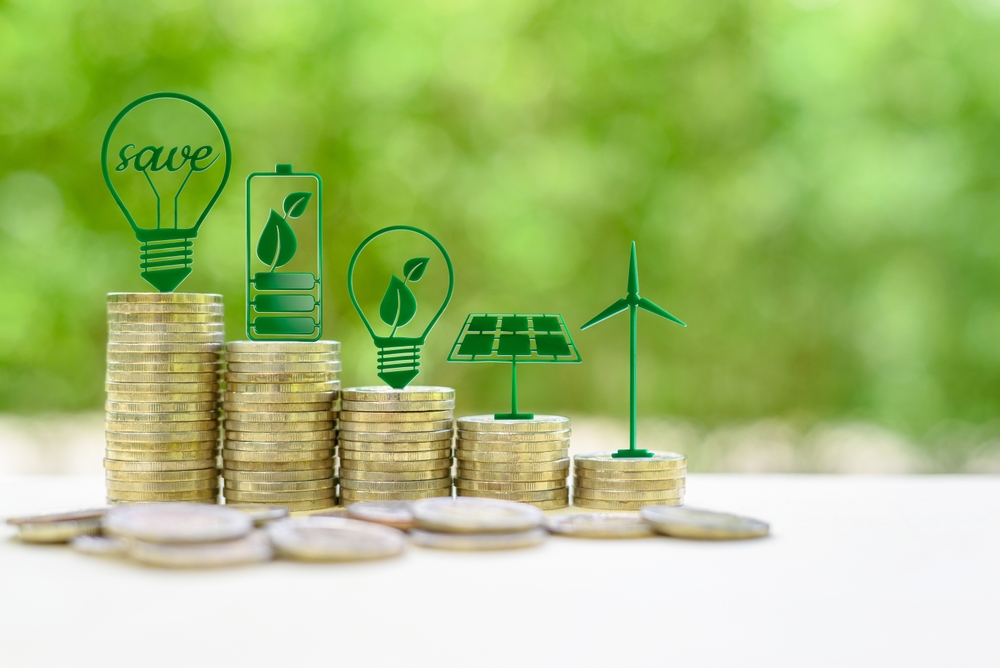

Customized reduction recommendations and annual carbon reduction reports.
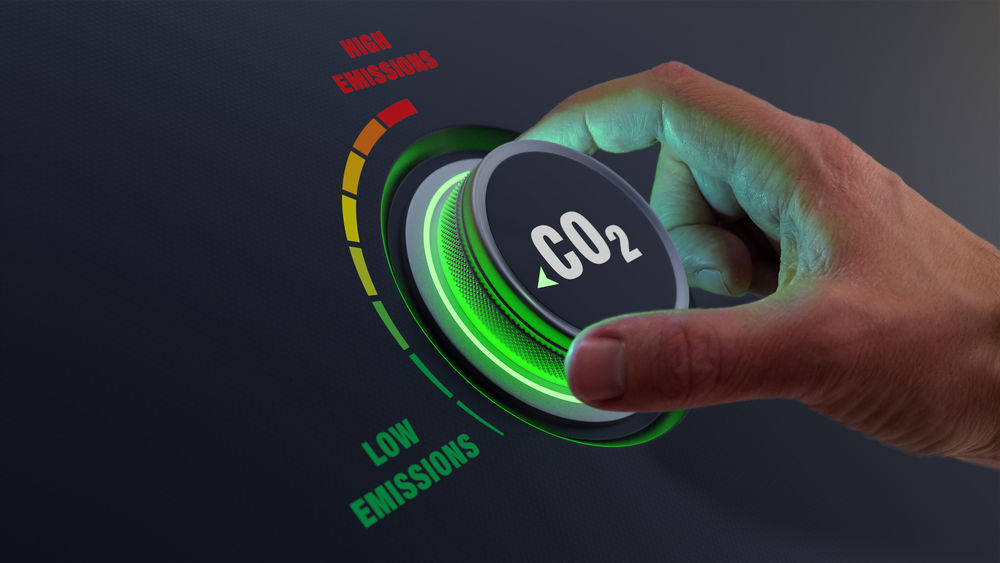

Trouble free! All membership and marketing fees are advanced by Will
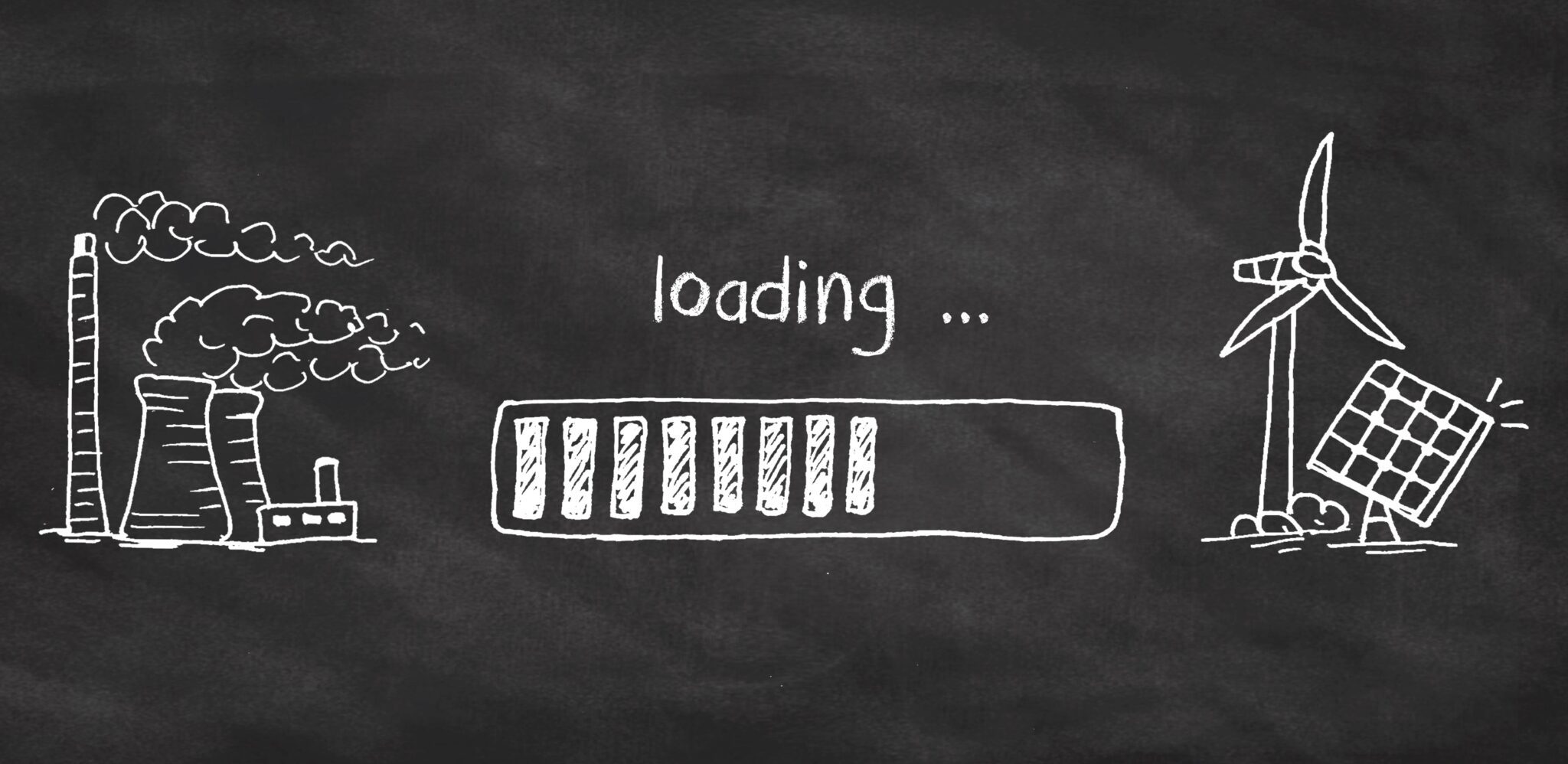

At Will Solutions, our mission is to accelerate the decarbonization of the economy. To do this, we believe in supporting virtuous businesses, organizations, and communities in Canada, no matter the scale of their project. Every action counts. With us, you can carry out environmentally and financially effective GHG reduction projects.
Have you already completed carbon reduction projects? Contact us! These are also eligible with us.
How much money can the sale of my carbon reductions bring me?
As a partner, we are transparent about the distribution of income!
%
For you, as a GHG reduction project owner.
%
for the service fees we advance, so you don't have to pay any money.
%
Our margin.
Your carbon reductions are quantified, verified by us, and then converted into carbon credits. 1 carbon credit is exactly equivalent to 1 ton of GHG reduced. Finally, we market them on the voluntary markets, where they are bought by companies, organizations, and individuals who voluntarily commit to achieving carbon neutrality, and to support your ecological projects and your green transition.
More details on your carbon revenues
How to be rewarded for my GHG reduction projects?
Do you want to decarbonize your activities and receive funding? Various types of GHG reduction projects are possible, for multiple sectors and types of businesses.
Find out the eligibility criteria to become a carbon reducer member at Will Solutions!
See the eligibility criteria
☑ B2B : Must be an organization, a business, or a community. We are not yet able to accept individuals.
☑ Buildings: Must own or manage at least one physical building. This can be any type of building: commercial, institutional, agricultural, industrial, logistics, etc. For example, a business with an agricultural greenhouse is eligible. However, a 100% digital business without physical offices is not eligible.
☑ Types of projects: Currently, there are two types of eligible emission reduction projects at Will Solutions:
- Energy conversion or efficiency projects. An energy conversion generally involves switching from a fossil fuel source to a less polluting energy source. Switching from heating oil to wind energy is an example of an energy conversion.
- Waste management projects that prevent landfilling or methane emissions. There are many applications, such as recycling instead of landfilling, composting, reintegrating waste into the production chain, selling residual materials to a buyer for their revaluation, switching to a recyclable raw material, etc.
- Coming soon: Projects related to transport. Soon, we will be able to accept projects related to the decarbonization of transport, such as those related to behavioral changes, electrification of transport, etc.
☑ Project date: carried out from 2017 to the present. If you have not yet carried out reduction projects, it is essential to have the will to carry out some in the future to participate in the project.
☑ Vision and organizational values: finally, only organizations wishing to adopt an eco-responsible approach are eligible.
+ 850 carbon projects supported.
Your other benefits from becoming a GHG reducer member at Will Solutions
Improve your brand image with your customers and stakeholders


Anticipate government-imposed carbon regulations


Access your carbon data and reports through our online member platform (coming soon)


Increase your operational efficiency and decrease your energy demand
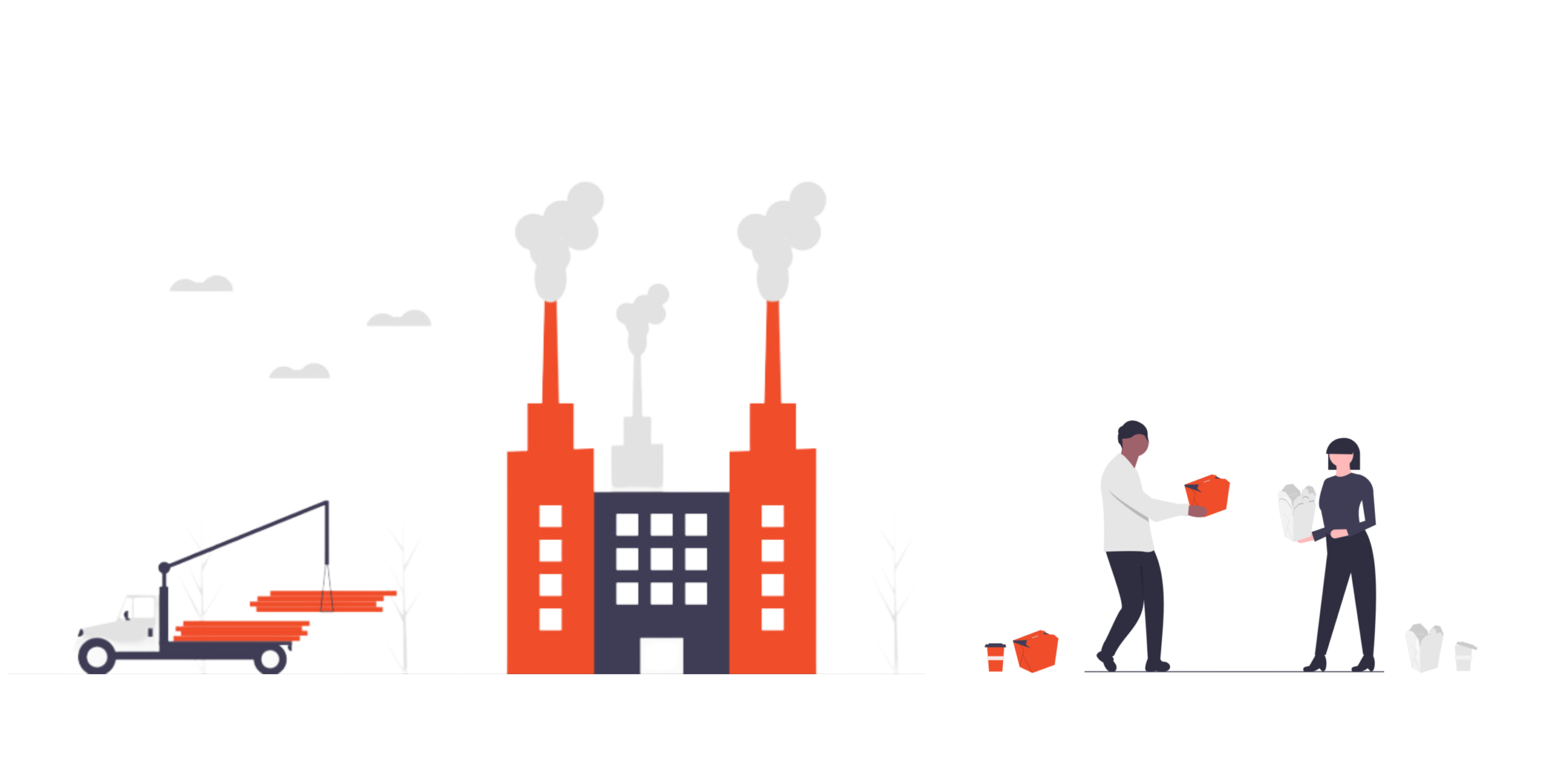

Improve your employer brand and increase your retention rate


Join a climate hub of committed and virtuous businesses


I want to do green projects, but I don’t know where to start.
We’re here to help! First off, have you already measured your carbon emissions? If not, that’s generally the first step.
Why is this important? Because to be effective in your carbon reduction projects, it’s essential to have a complete carbon footprint of your emissions, which will constitute your carbon baseline year. From this, you’ll gain an overall visibility on your emissions, the main sources of emissions, and the best reduction actions to take.
FAQ: GHG reductions (Sustainable Communities
1. What is the Sustainable Community and why join it?
In order to accelerate the carbon reduction of companies, we bring them together under the same umbrella project: the Will Sustainable Solutions Community.
Through this inclusive and unifying concept, we give you access to a dual solution to stimulate your greenhouse gas (GHG) reductions and monetize these reductions. Your voluntary commitment to the climate is thus financially rewarded.
Together, we reconcile economic, social and environmental concerns in our local and virtuous communities.
2. Who is eligible for the Sustainable Community?
Any business not subject to the regulated carbon market (SPEDE), any municipality, any non-profit organization with eligible reduction projects (projects to divert residual materials from landfill, energy conversion & efficiency projects, and soon transport projects) can join the Sustainable Community for free to monetize their GHG reduction efforts.
We strongly recommend conducting a carbon footprint measurement (for a fee) before joining the Sustainable Community and doing so at least once every 5 years.
3. Which projects are eligible for carbon financing?
The carbon footprint is used to calculate an organization’s emissions and to identify GHG reduction projects, whether or not they are eligible for the Sustainable Community.
Therefore, we strongly recommend conducting a carbon assessment to determine if your projects are eligible for the Sustainable Community.
The categories of eligible reduction projects include diversion of residual materials from landfill, conversion & energy efficiency, and soon transport optimization projects. Our methodology does not accept projects related to sequestration.
Unsure about the eligibility of one of your projects? Contact us! We would be happy to answer your questions.
4. How long before I receive my first carbon income?
The conversion to carbon credits can take between 10 and 14 months, and we make revenue distributions every year. By 2024, we will carry out revenue distributions every quarter.
Each micro-project that remains active, supported by documentary evidence to prove it, can be quantified on an annual basis until December 31, 2029.
Indeed, Will has renewed its Sustainable Community project for Quebec for a second period covering 2020-2029.
If after this date, the reduction project is not considered a common practice, it can benefit from carbon credits for the following 10 years and so on.
5. Can I easily terminate my membership in the Sustainable Community?
Yes. You just need to inform us by email, form, or phone. The termination is, of course, free of charge.
Monetize your discounts and get paid for your good environmental actions
Don’t miss this opportunity! Contact us today to start having a positive impact on your environmental initiatives and secure your place in the ever-evolving carbon market.


